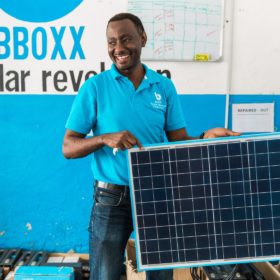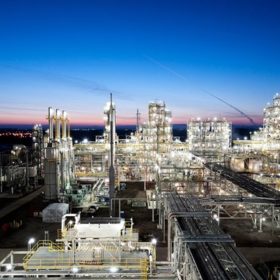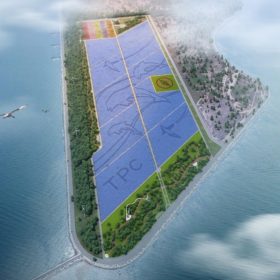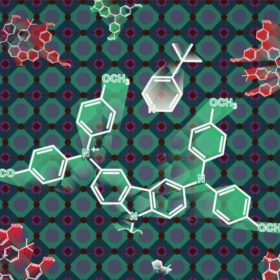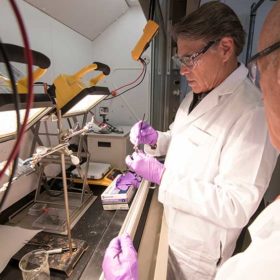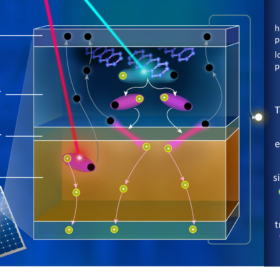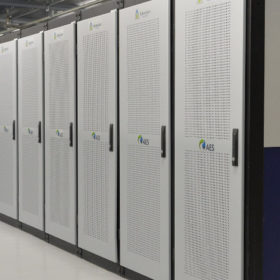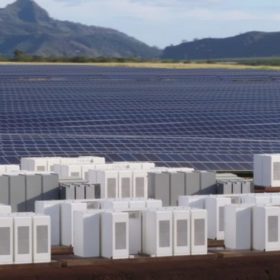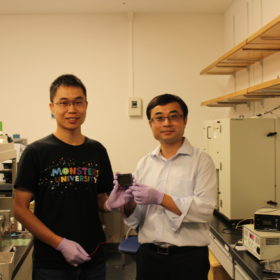EDF takes 50% stake in BBOXX Togo
French energy giant EDF has acquired a 50% stake in off-grid developer BBOXX’s operation in Togo. The two will work together to boost access to electricity in the West African country, according to EDF, and the partnership is the first step, with plans to extend cooperation to more countries in Africa.
REC Silicon posts loss for second quarter running amid poly market slump
The Norwegian polysilicon producer posted an EBITDA loss of $6.1 million for the third quarter of 2018, as it continues to struggle with low demand and prices. Revenue for the company’s solar materials segment fell almost 70% on the previous quarter.
Northvolt to open battery assembly plant in Poland
Swedish battery supplier Northvolt has announced plans for a manufacturing plant in Gdansk, Poland. The company says that the plant will have an initial capacity of 10,000 battery modules per year and will begin production in 2019.
Taiwan brings first phase of island’s largest PV plant online
14 MW of new solar capacity began feeding energy into Taiwan’s grid this week, as the first phase of a planned 100 MW facility being built by the island’s utility Taipower.
Scientists propose new recipes for perovskite cell
Researchers from Kaunas University of Technology in Lithuania, working with the École Polytechnique Fédérale de Lausanne, have found an additive commonly used to improve performance in perovskite solar cells speeds up degradation of the material.
American scientists give PV a paint job
Berkeley researchers have discovered a shade of blue – dating back to ancient Egypt – which has impressive qualities they say could reduce building energy consumption and boost solar energy output. Meanwhile, the US National Renewable Energy Laboratory has developed a perovskite cell material that could be applied to a substrate using a paintbrush.
German scientists work on efficiency boosting cell concept
Researchers from Berlin’s Helmholtz Zentrum Research Institute have developed a silicon heterojunction cell, with an additional crystalline layer that utilizes an effect known as singlet fission to boost efficiency. The team has created a device demonstrating that the principle works, and says that with further experimentation, the concept could achieve cell efficiencies as high as 40%.
Fluence to supply additional 60 MW battery to UK project
Siemens subsidiary, Fluence has announced it will provide an additional 60 MW battery to power company UK Power Reserve, expanding the cooperation between the two companies to 120 MW, which Fluence says makes it the largest contracted energy storage portfolio transaction to date globally.
Frost & Sullivan forecasts strong 2018 for solar, despite China’s policy setback
A new report published by business consultants Frost & Sullivan expects around 90 GW of new solar installations by the end of 2018, in line with the predictions of other leading analysts. It further notes that PV remains the world leader in renewable energy capacity, and that markets are moving away from feed-in tariffs to make increasing use of auction models and private PPAs.
Japanese scientists develop new perovskite process
A team of researchers from the Okinawa Institute of Science and Technology (OIST) has developed a new process for the production of perovskite solar devices; and reports a 5x5cm² device with an efficiency above 15%. The researchers worked with a 1 micron thick active layer, considerably thicker than in many other perovskite devices, and state that this helped achieve better long-term stability.

